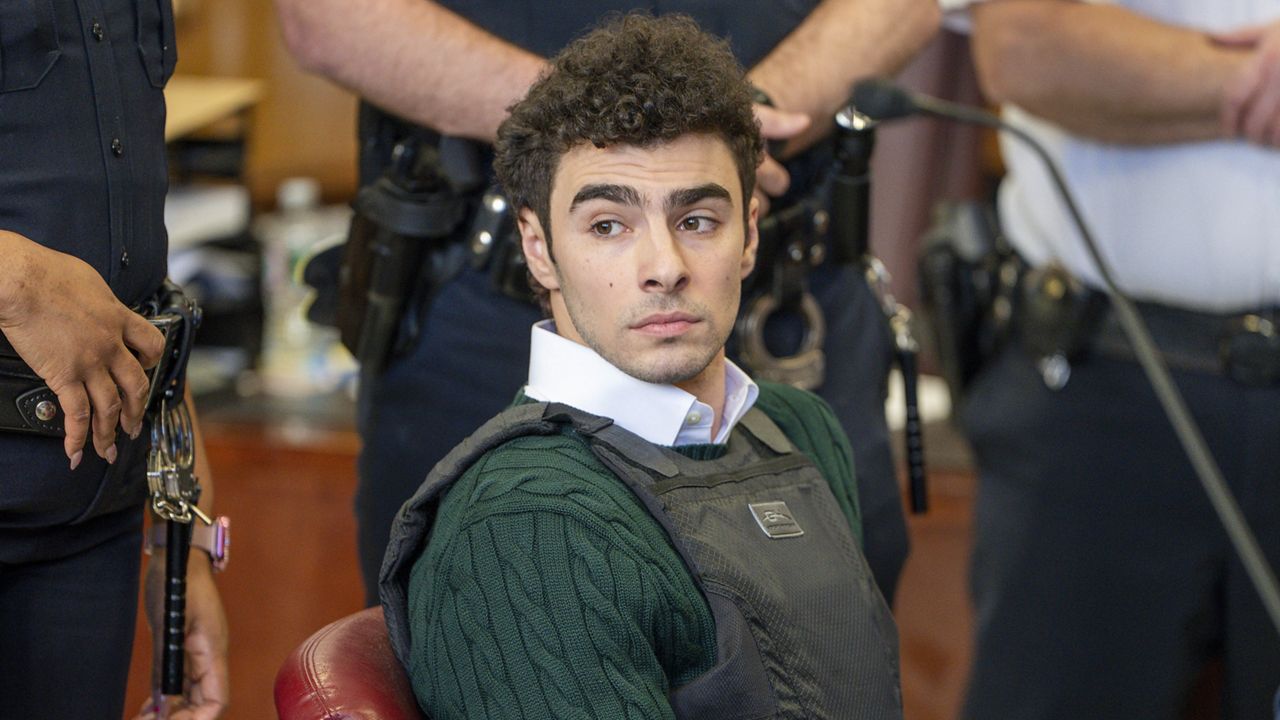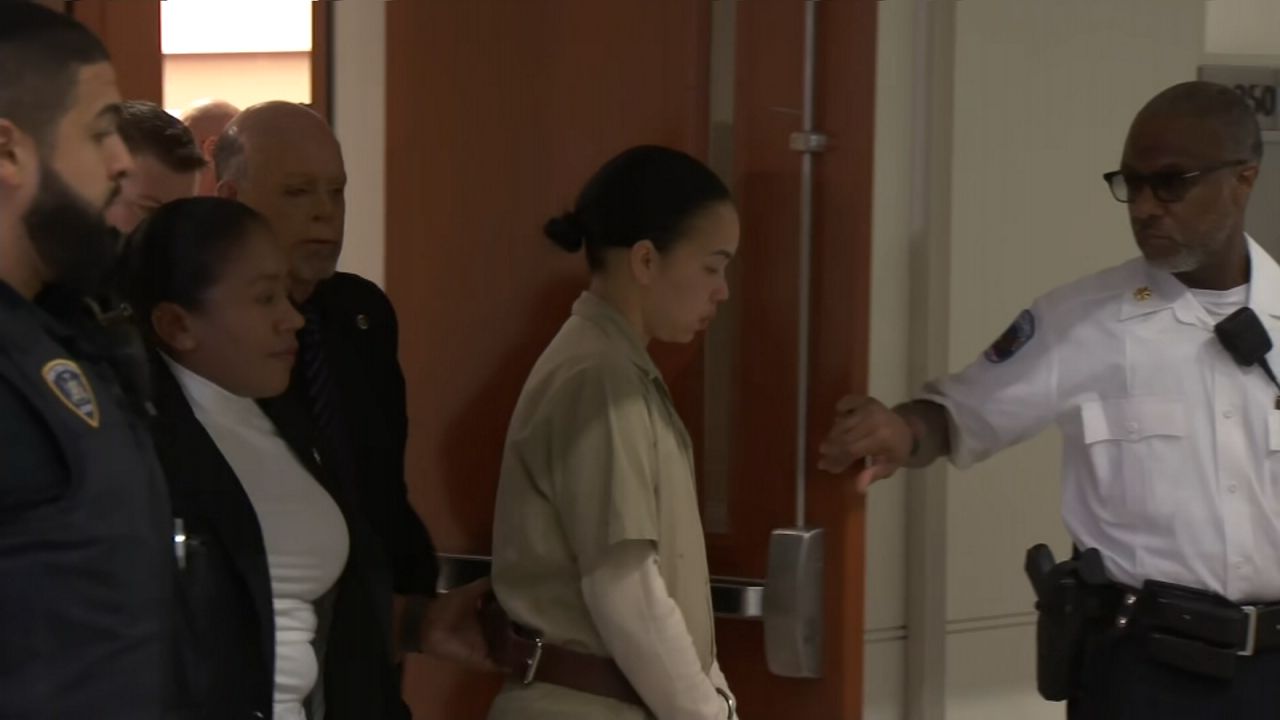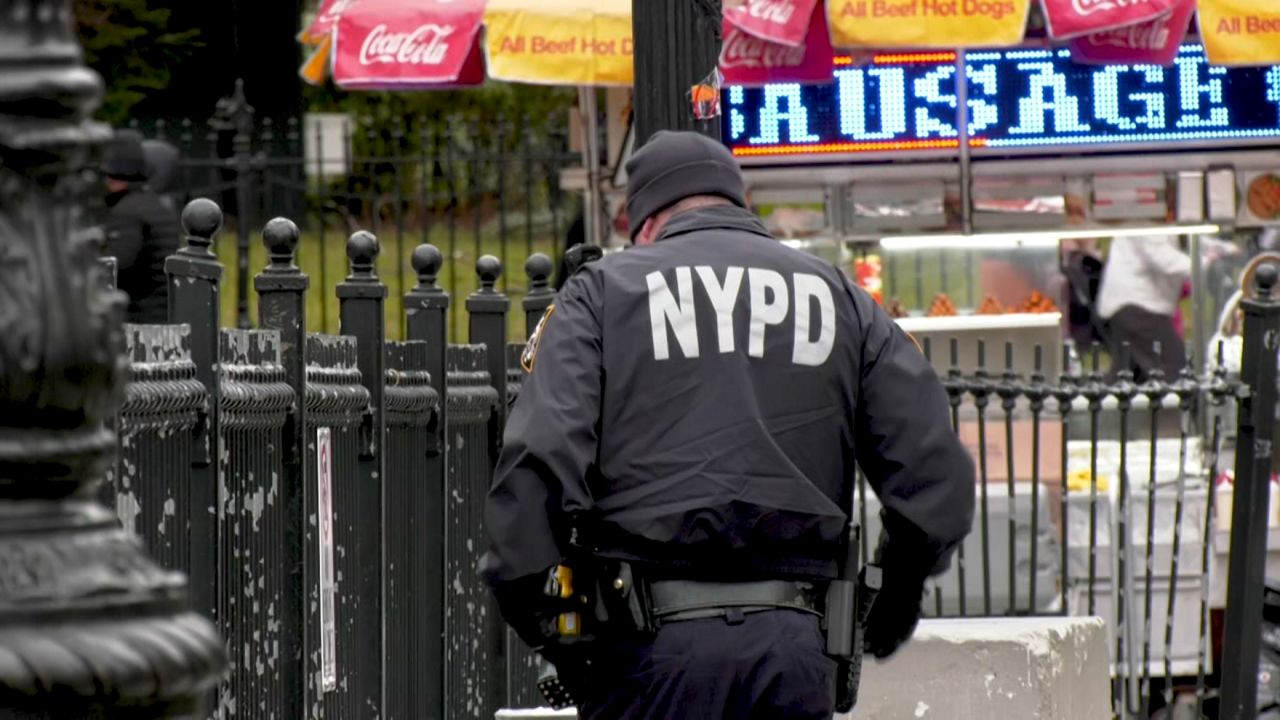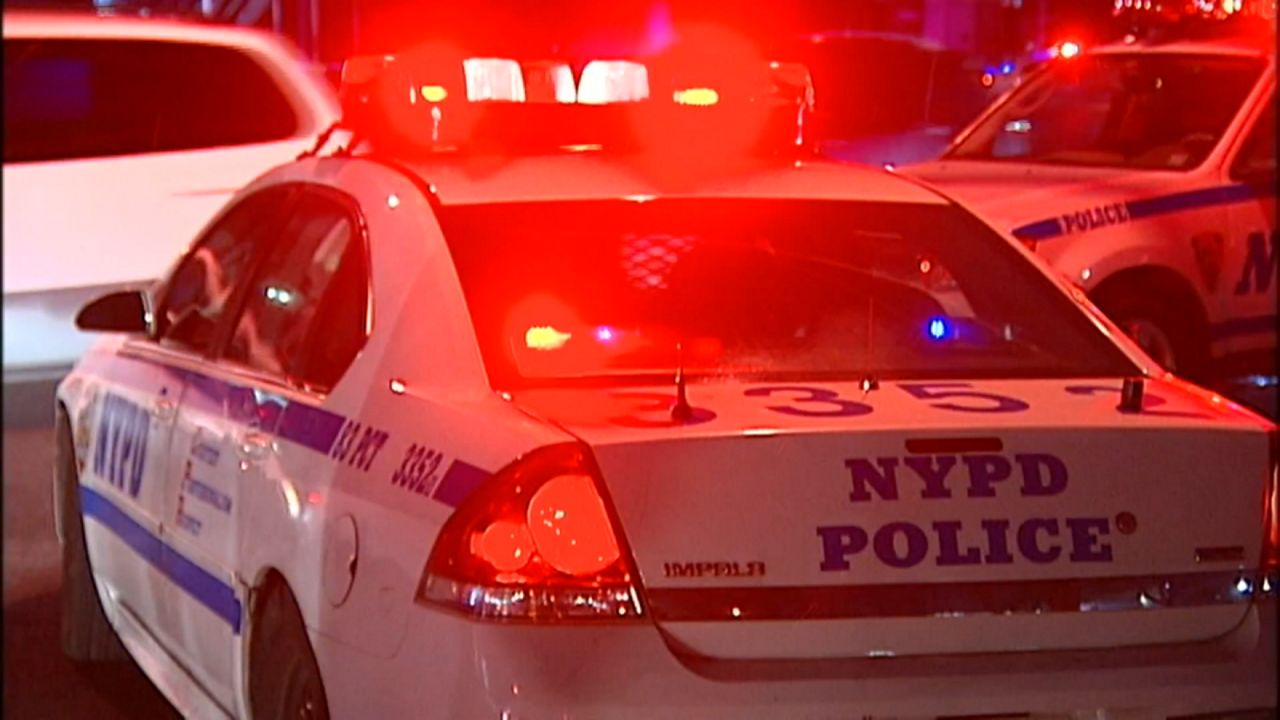The NYPD has long defended its gang database as an attempt to make New York City safer, but over the years, community advocates and public defenders have said it should be abolished.
A recent Department of Investigation review found several problems with the criminal group database, which is often called the gang database.
The review took five years, and the database holds 16,000 names, including those of minors. The investigation found the NYPD does not inform minors or their parents that they are on the secretive list.
What You Need To Know
- A recent Department of Investigation review found several problems with the criminal group database
- The investigation found the NYPD does not inform minors or their parents that they are on the secretive list
- The department denied all requests from anyone seeking to find out if they are in the database
It also found that social media posts, pictures, language and hand signs can land someone in the database.
“Not based on criminality, no need for violence, but simply based on what you post on social media, where you live, who you know,” said Babe Howell, a professor at the CUNY School of Law.
The department denied all requests from anyone seeking to find out if they are in the database.
“If they do commit crimes and they are being punished for those crimes, alright, granted,” said Kraig Lewis, a community organizer for the Legal Aid Society. “But this gang database leaves it open for people who didn’t commit crimes, for people may not be involved in the initial enterprise that they want to call it that is being prosecuted.”
Lewis was arrested during the city’s largest gang takedown in April 2016. One hundred and twenty people were accused of violent gang activity in the northeast Bronx.
Lewis says he was in graduate school at the time, working on becoming a lawyer and a rapper.
“I spent six, seven years of my life to get my education to be somebody that people would look at with respect to be able to earn my money,” he said.
He says social media posts and who he knew landed him with a felony conviction. Lewis mentioned that he pleaded guilty to possession of a large amount of marijuana in order to get out of federal prison.
According to the investigation, police also used sealed criminal records to place people on the list, which they are not supposed to do.
The Department of Investigation discovered in 10% of cases, officers added names to the database, then pretended they were supervisors and approved the entries themselves.
Advocates say the report, at times, comes up short.
“But there’s no reference to them referring those cases to discipline; there’s no question of what was done to individual officers who signed off as their own supervisors, and the [Office of the Inspector General for the NYPD] didn’t say what they’re planning to do with regards to those findings,” said Andrew Case, supervising counsel for Latino Justice.
The Inspector General made 17 recommendations for police handling of the database.
In response, the NYPD said it is committed to working with the Inspector General on public safety, adding that the database is a necessary part of precision policing to interrupt street gang violence.
The Inspector General’s investigation could not find that people were harmed from being on the secretive list.
But advocates argue it can lead to many consequences in the criminal justice system, and that they were led to believe the yearslong report would be much harsher on the NYPD.
“It is quite clear that there was a lot of pressure from the NYPD not to issue the report as it was, because it would have been more condemning,” Howell said.
Advocates say the city must get rid of the gang data.
The City Council had a hearing scheduled for early May on the issue, but that has been postponed.









